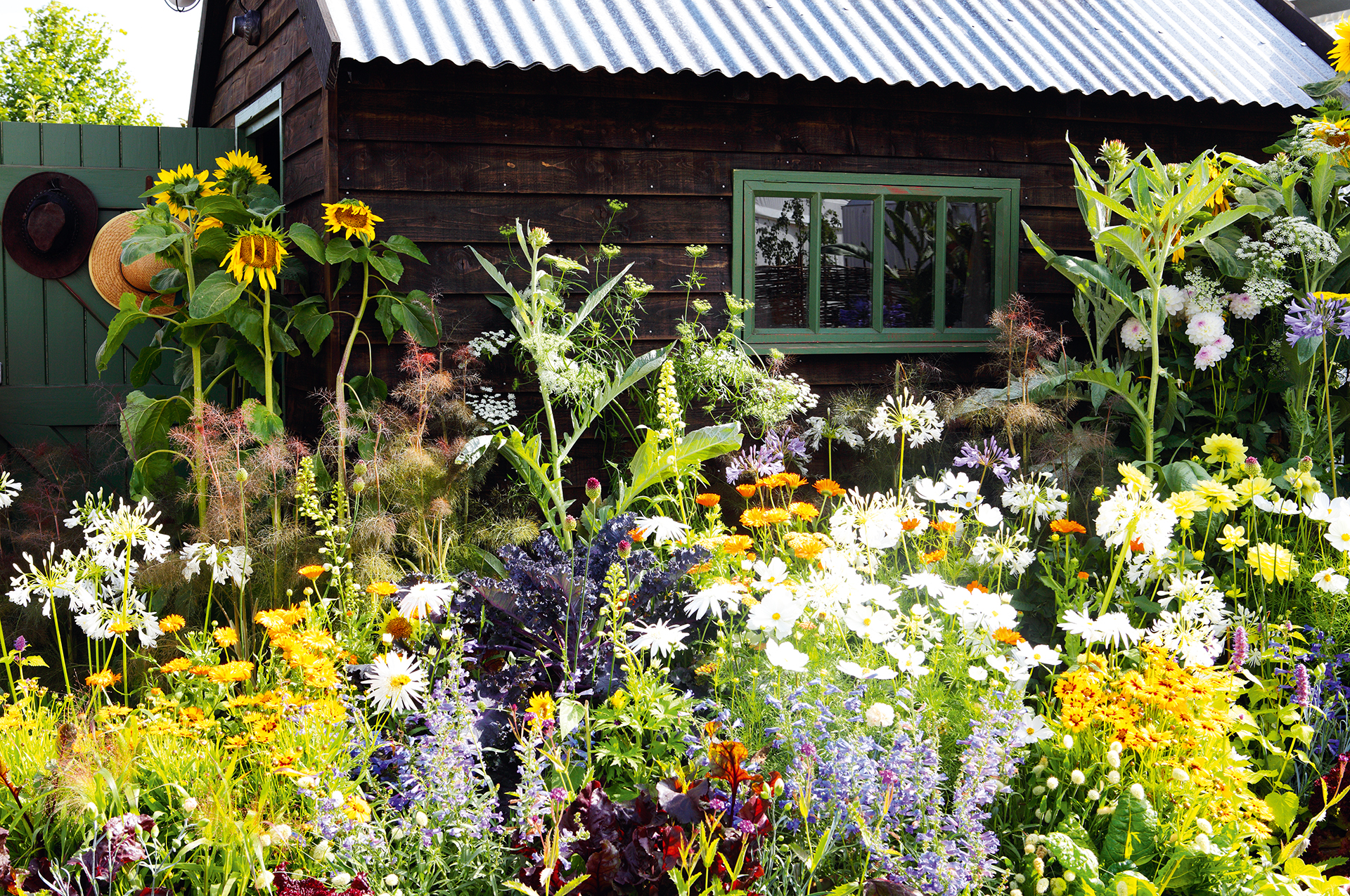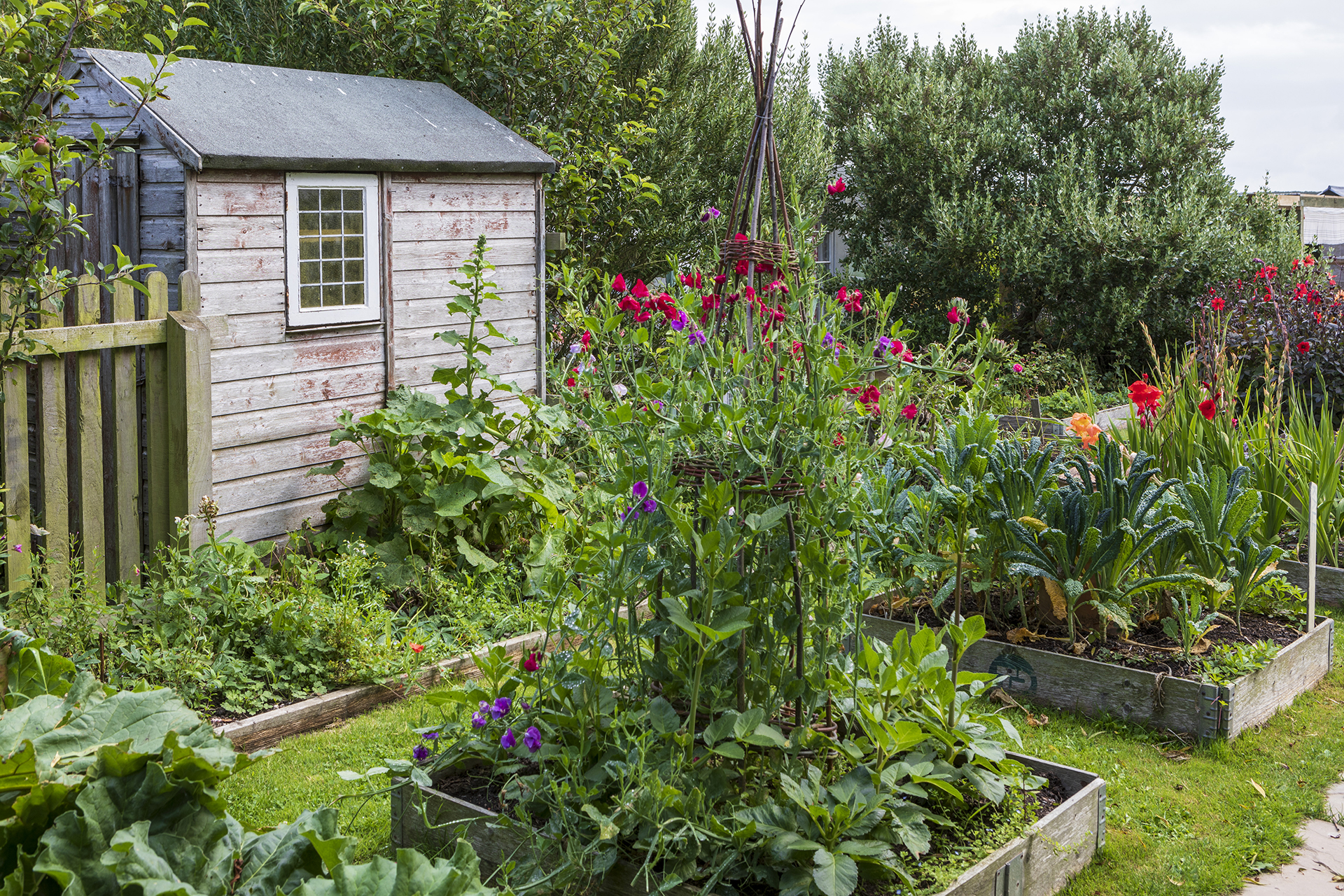Everything you need to know about summer solstice gardening – with Gardener Scott's help
Gardener Scott shares his top tips for how to use the summer solstice to improve your garden


The summer solstice is nearly upon us – and with it, a reminder that summer eventually turns into fall and harvest time.
Gardener Scott calls the summer solstice a 'sad gardening day' in one of his YouTube videos because it 'signifies to me that I only have three months left.' This does vary quite a bit depending on where you live – if you live somewhere with a very warm climate, you have quite a bit of summer still to enjoy. For those of us with colder winters, summer solstice roughly marks the three-month stretch to the possibility of a first frost.
Despite this element of sadness, Scott also admits that this is a very useful day in the gardener's calendar – 'ideal' for planning and taking stock. Here are his top tips for making the most of this day.
See: Garden ideas – inspiration and ideas for outdoor spaces
When is summer solstice 2021?
Summer solstice will fall on different days this year depending on where you are in the Northern Hemisphere. The solstice is on June 20 10:32pm CDT in North America, or Monday 21 June at 4.32am BST if you live in the UK.
It falls at 03:32 UTC (Universal time). There's a handy guide to translating UTC to your time zone if you're not sure when exactly you will experience summer solstice this year.
How does the summer solstice affect plants?
In most Northern Hemisphere zones, it is too late to plant out many vegetables once you hit the summer solstice. In fact, by 20/21 June, perennials are just hitting their peak, annual blooms you might have planted in spring will just be flowering, and it is almost time to harvest some of the vegetables you may have growing, such as tomatoes or cucumbers.
Sign up to the Homes & Gardens newsletter
Design expertise in your inbox – from inspiring decorating ideas and beautiful celebrity homes to practical gardening advice and shopping round-ups.
1. Take stock of successes and what you need to change
Now is the time to really take stock of your garden, note which plants are thriving, and what you can change in the layout of your garden to get better results next year according to Gardener Scott.
'You can take a look at the planning of the garden: are the beds working out? Do you need more beds? Is there a structure that still needs to be built? Is there something to expand? You can really take a look at your garden – the solstice really helps you do that. Note any deficiencies in your garden journal; when it comes to the winter solstice, you can get planning and factor them in.'
See: Gardening calendar 2021 – what to grow in your greenhouse each month
2. Help any spring casualties

Casualties are inevitable in the garden, whether it's because of a late frost, an unusually high number of pests in your garden – or, as in Scott's case, a freak hailstorm that has damaged one of his raised bed crops. He makes an example of one of his raised beds where he was planning to grow 'a whole bunch of pickling cucumbers.'
'The cucumbers aren't looking so good,' he admits. A freak hailstorm earlier in the season has made the seedlings suffer. He'll have to sow more seeds and wait for germination. With some plants, particularly herbs, lettuces, and some vegetables (especially cabbages), it's still not too late to try again and hope for a fall harvest.
See: Vegetable garden ideas – designs and layouts for backyard plots
3. Start winter preparations now

This may sound like excessive planning, but actually, as Scott explains, the solstice is the idea time to 'try to develop a structure, a system with your planning'.
'You should have a garden journal,' he says, and the solstice is the time 'to orient your entire gardening year. I use it as an opportunity to get the gardening clock ticking towards the end of the season, towards succession planting, end-of-season preparations going into winter.'
See: Raised bed garden ideas – build raised planters now for productive, low- maintenance gardening
In practice, this may mean taking notes on when you need to harvest different crops, or when to prune plants that need trimming right at the end of the summer after flowering (e.g. herbaceous perennials like lavender).
Finally, though, it's important to end this day on a positive, even if not everything has gone according to plan. 'Try to highlight what's going right. Stop, smell the roses, and enjoy what you've accomplished.'

Anna is a professional writer and academic. She taught English Literature for several years before joining Future where she wrote for Real Homes, Homes & Gardens and Livingetc for four years. She is a regular contributor for Parade Home, BiggerPockets, and many other publications. In her spare time, Anna enjoys hiking and gardening.
-
 Everyone is obsessed with vintage tiles right now – bring the nostalgic charm of this classic design feature into your home with our 5 design ideas
Everyone is obsessed with vintage tiles right now – bring the nostalgic charm of this classic design feature into your home with our 5 design ideasHonor the past with our favorite ways to decorate with vintage tiles, as suggested by interior design experts
By Eleanor Richardson Published
-
 'It's a fast reset button' – using the 1, 2 ,3 ,4, 5 decluttering method cleared my persistent mess in seconds
'It's a fast reset button' – using the 1, 2 ,3 ,4, 5 decluttering method cleared my persistent mess in secondsIt's easy, effective and so quick to do
By Ottilie Blackhall Published